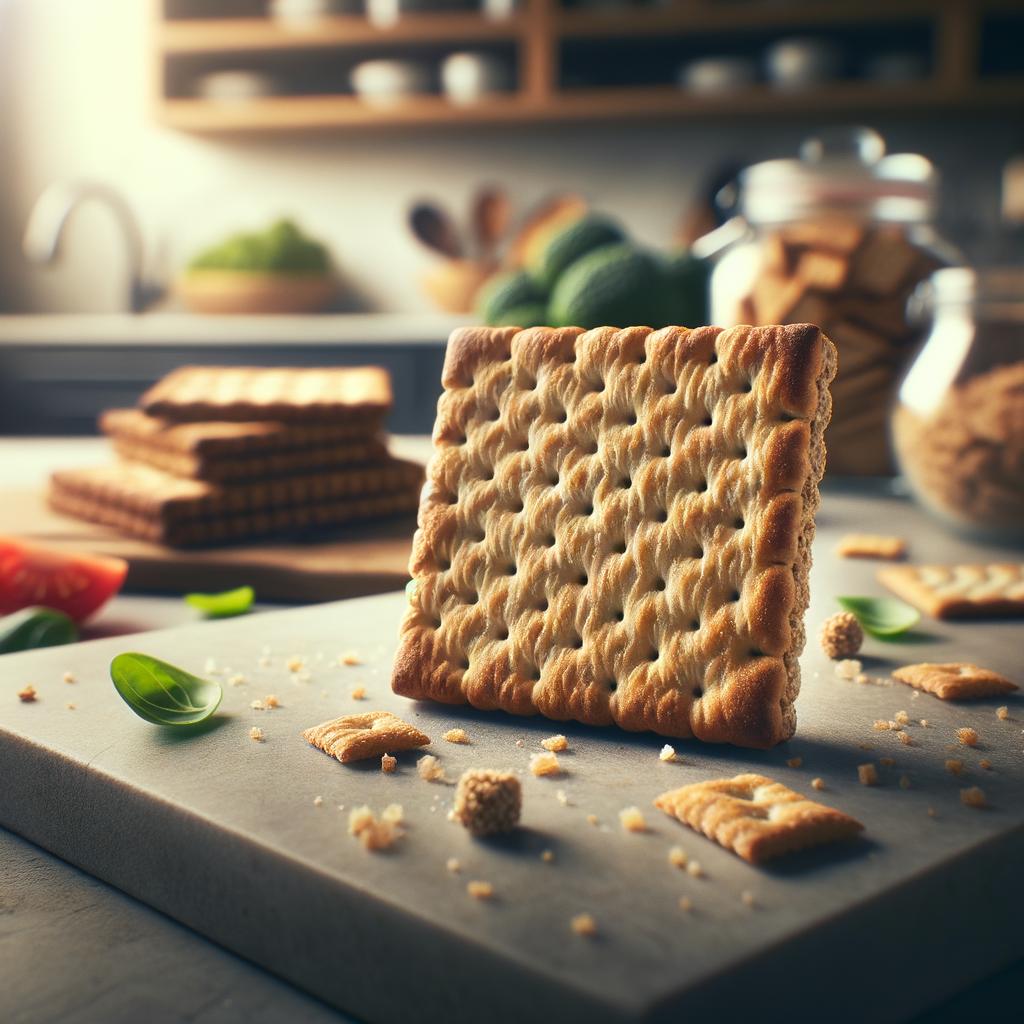Crispbread or Toast

Description
Crispbread, also known as toast, is a delightful staple that graces many breakfast tables around the world. Its appearance is as familiar as it is comforting, with a golden-brown surface that's gently kissed by heat, and a texture that ranges from soft and pillowy to crisp and crunchy, depending on personal preference. The flavor profile of crispbread is a chameleon, subtly sweet when made from white wheat, slightly nutty when whole grain is used, and even robustly sour if sourdough is the base. What sets crispbread apart from its bread siblings is its transformative nature. It begins as a soft slice of bread and, through the application of heat, becomes a toasty, crunchy delight, enhancing its flavor and adding a satisfying crunch that is uniquely its own.
Primary Uses
Crispbread is a versatile player in the culinary world. It is most commonly eaten at breakfast, slathered with butter, jam, or marmalade, but it also plays a starring role in many other dishes. It can be topped with avocado for a healthy snack, or used as a base for a variety of open-faced sandwiches in Scandinavian cuisine. It's also a key component in British beans on toast, a simple, hearty dish loved by many. In non-culinary uses, crispbread has been used in various cultures as a teething tool for babies.
History
The history of crispbread is as humble and heartwarming as the ingredient itself. Its origins can be traced back to ancient Egypt, where it was made from grains and baked in the sun. The Roman legions also carried a form of crispbread on their long marches. In the Middle Ages, it was a staple in the Scandinavian diet, known for its long shelf-life and ease of transport. Over time, its use and popularity have evolved, moving from a simple sustenance food to a beloved breakfast staple and versatile ingredient in various cuisines. There are stories of crispbread being used as a canvas for messages in times of war, its flat surface ideal for inscribing notes.
Nutritional Information
Crispbread is more than just a tasty treat. It's a source of essential nutrients, including dietary fiber, which aids in digestion. Whole grain varieties provide a good source of B vitamins and minerals such as iron, zinc, and magnesium. Compared to regular bread, crispbread generally contains fewer calories, making it a popular choice for those watching their weight. However, it's important to note that not all crispbreads are created equal. Some may contain added sugars or high levels of sodium, so it's always best to read the label. Overall, crispbread is a delightful and nutritious ingredient that has carved its niche in the annals of food history.

